This article on Melbourne Airport, located in Tullamarine, Melbourne contains additional and updated information from this 2020 Melbourne Tullamarine story, and focuses on practical information. We arrived on a Qantas domestic flight into Melbourne Airport Terminal 1 and had to transfer to an International flight in Terminal 2, next door.
The airport has four separate terminals, but they are all interconnected and you can walk inside or out of the 4 connected terminals. It’s all under cover.
Qantas domestic is in (T1), Virgin (T3) and Jetstar/other (T4) International Departure for all airlines is in (T2). Road transport, including buses, travel in reverse order around the terminals.
Melbourne Airport: 6 useful things to know
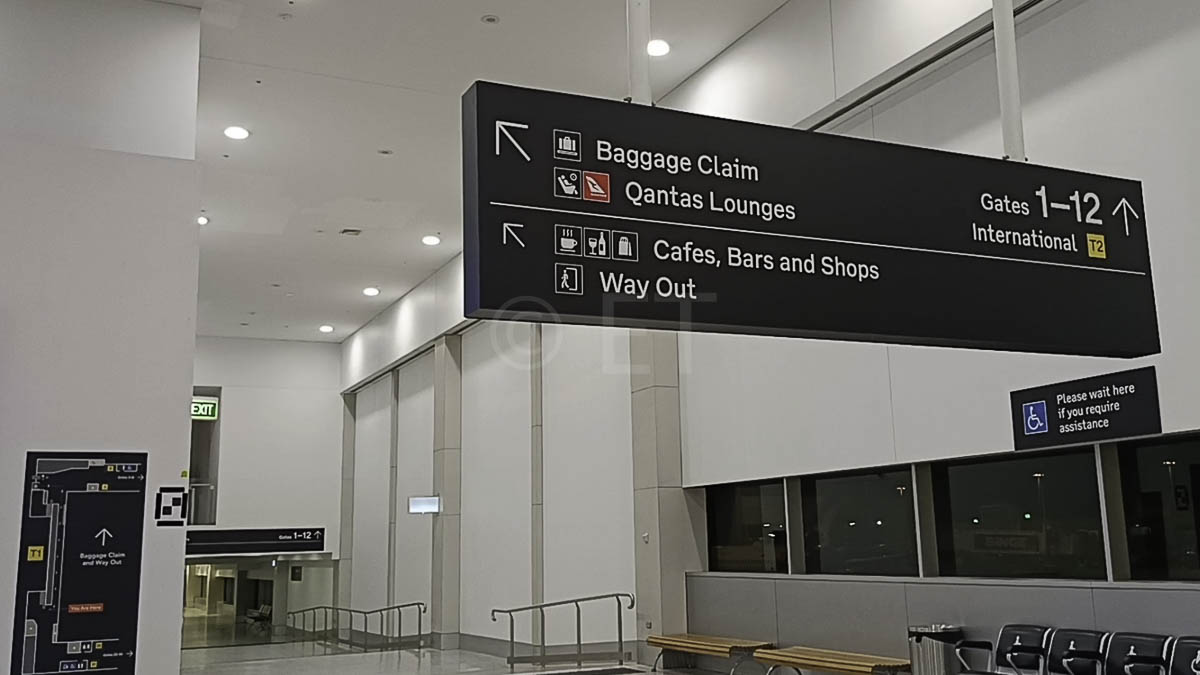
Qantas Domestic Arrival/Baggage collection T1
If your connecting flight has been booked as part of your itinerary, you have your next boarding pass and your luggage is tagged all the way through to your destination, you can keep right at the sign and proceed straight to the International Terminal. Otherwise all Arrivals come out on Ground level, at the baggage collection. Baggage collection is a public area, so get there quickly. Once you’ve collected your luggage, you’ll need to walk next door to T2 before checking in. To transfer to Terminal 2, you must exit and walk under cover to the entrance to your right. You will see the Skybus stop directly in front of you and another bus stop over the road.
Airport Transport
There’s no airport train, but you can buy tickets for the Skybus service to the city and beyond online or from these kiosks. This is the most direct public transport to Melbourne City and Mornington Peninsula. There are two pick-up stops, outside Terminals 1 and 4.
They run regularly 24/7, between 4am and 1am and you can book online, at a counter inside the terminal, or use the kiosks beside the queue. Make sure you catch the correct bus, they are clearly identified.
Cross the road to the stop for all the other public buses. The place to catch a public bus is at the Transport Hub beside Terminal 4. You will need a Miki card, which is a reloadable card costing AU$6. You can buy a card at most newsagents. Load the amount you will need for your travel on buses, trams and trains.
There is also a courtesy shuttle bus to and from the terminals if you’re parked in the Value Car Park, with stops at Terminal 4 and at Terminal 1.
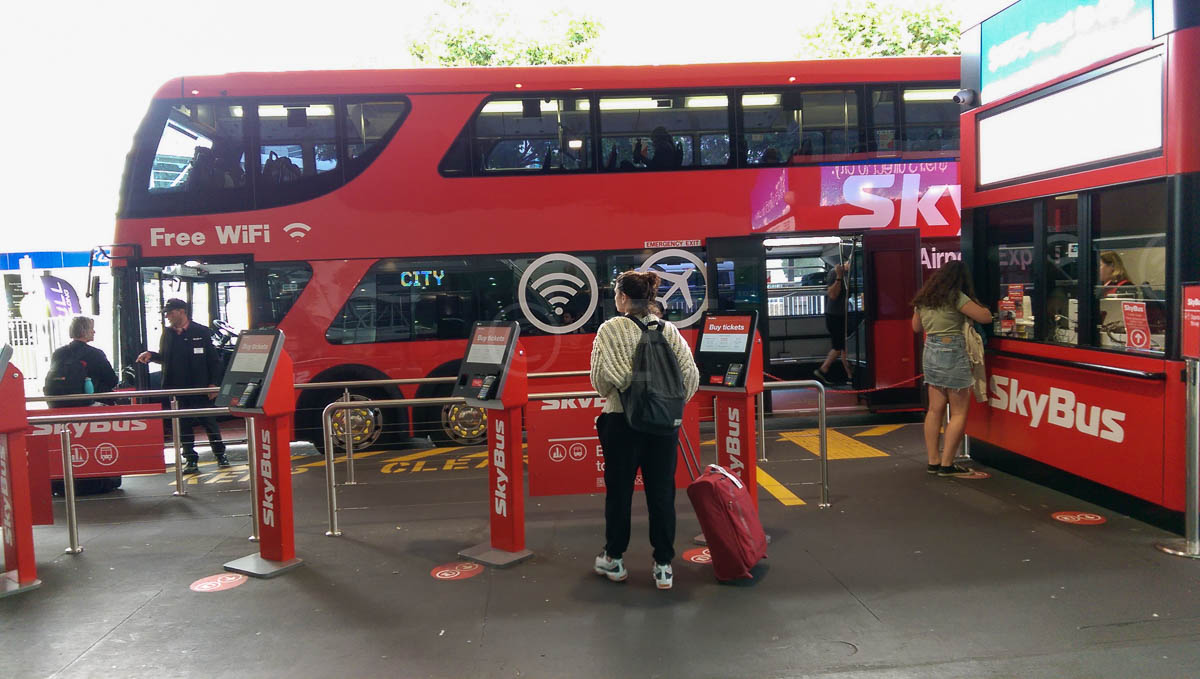
Getting up to the Departure Hall
From T1, you’ll enter the International Terminal at the Arrival Hall and pass the doors where travellers are exiting. The area is well signposted and you’ll find the lifts up to the Departure Hall on your right. There are escalators behind the Arrivals Information board, close to another set of external doors. You’ll need to use the lift or escalator from the Ground floor up to the International Departure area.
Departure Hall and Check-in

The lifts open directly into the Departure Hall in front of the departure information and check-in rows. From here you can also turn left and walk to T3 and T4. There are food outlets on the way and places to charge your devices.
There are self-check in kiosks and bag drop facilities for a number of airlines to our left, but our Counter N was at the back and offered only the ‘queue and drop’ lines. The line was quite long, but fortunately, service was efficient and we were all checked in quite quickly.
Repacking counters
If you have miscalculated the weight of your baggage and don’t want to pay a lot for the excess, you will appreciate one of the repacking stations that are dotted around the hall. There’s plenty of space for your bag and they provide scales for you to check before you go back to try again. If you can’t move your extra items and need to throw them out, the recycling and rubbish bins beside the station are useful to recycle or throw what you can’t take.
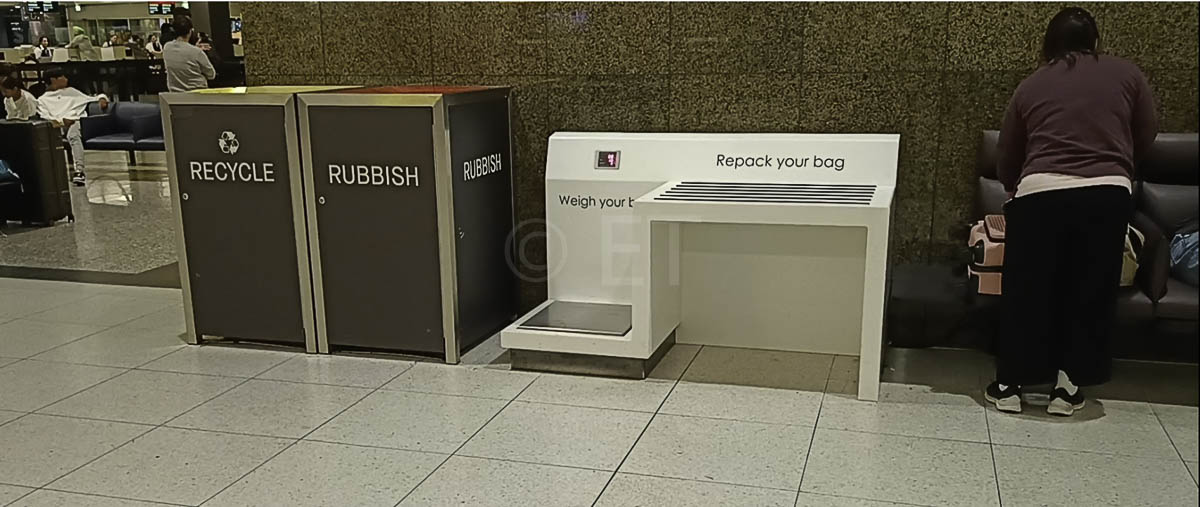
On our way to the Departure Gates Entrance and Immigration, we also passed a bank of self-check-in kiosks, though it wasn’t clear which airlines they were for, or if they were available for various airlines. There are also equipped with weighing scales.
Airside Layout Map
After passing through Security and Immigration, which have been streamlined a lot in recent years, we passed the GST claim counter and the inevitable Duty-Free store. Make sure you allow plenty of time for any GST claims and ensure you have all the documents required. Use the online GST refund form in advance to speed the process. This article steps you through the process and includes the links you need.
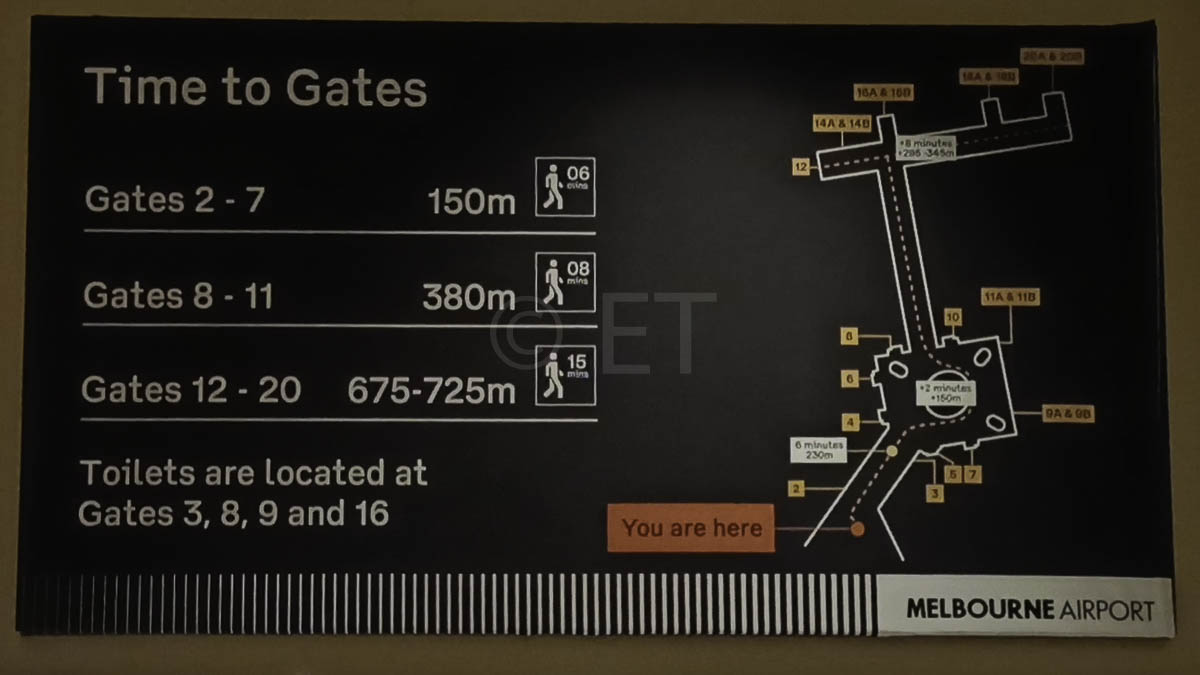
The large sign as we entered the Departure Lounge was very helpful, giving walking times on the map and the location of Gates and toilets. Our Gate (4) was close to the entrance, round the corner on the left, but sadly has no viewing windows. So off we went to fill the water bottles, check the toilets and see what other facilities were still open. Although the airport is open 24/7, they have no curfew on take-offs and landings, but there aren’t many flights at this time of night, so there weren’t a lot of patrons for the few shops that were open.
Toilets, Water and Parents’ Room
The toilets opposite Gate 3 have a clean well-equipped parents’ room, fitted with nursing rooms and changing tables. Access is only through a door beside the Ladies toilet, which must be opened by pressing the button, so you have a level of privacy. It comes complete with hot and cold drinking water and a microwave oven.
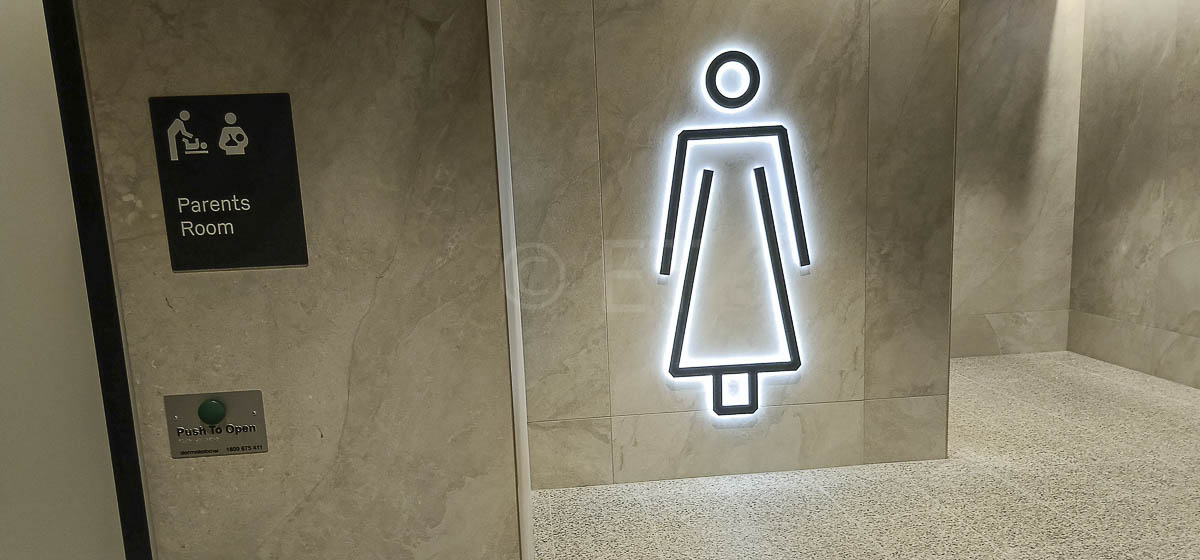
The toilets near Gate 8 have water fountains for drinking or filling water bottles, outside. All the Gates in this area have good viewing galleries, so plane nerds can enjoy the comings and goings.
We’re pleased to note that all the toilets we visited in both domestic and international terminals were clean and well maintained and we found quite a few water fountains spread about the terminals.

images©ET
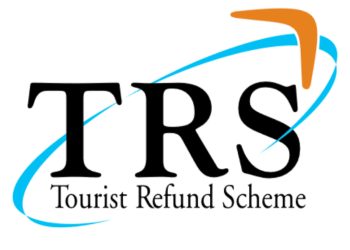
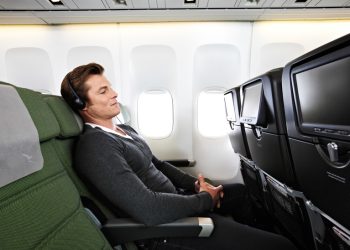

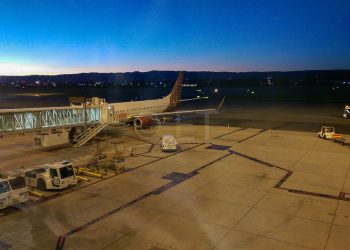
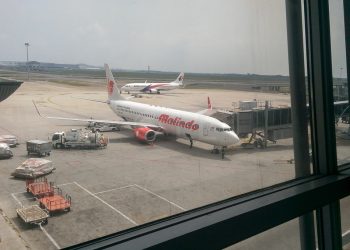
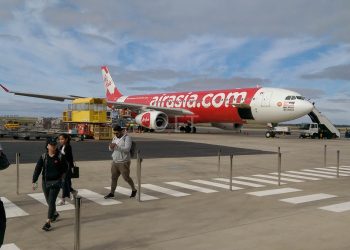
This Post Has 0 Comments